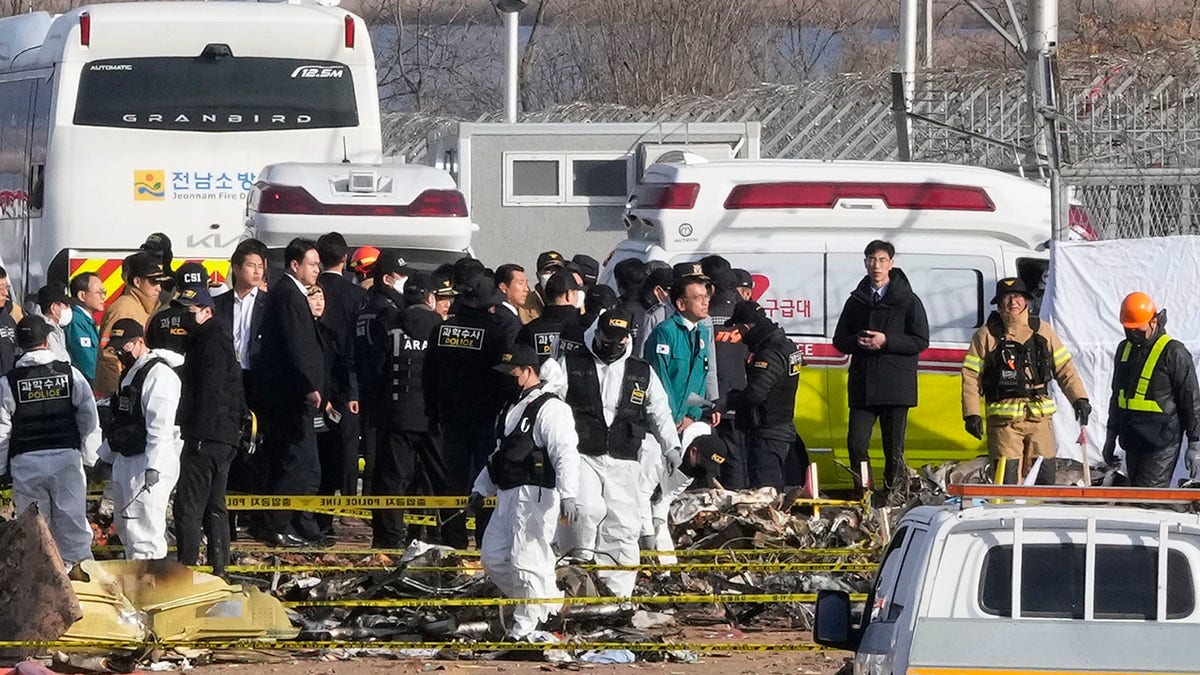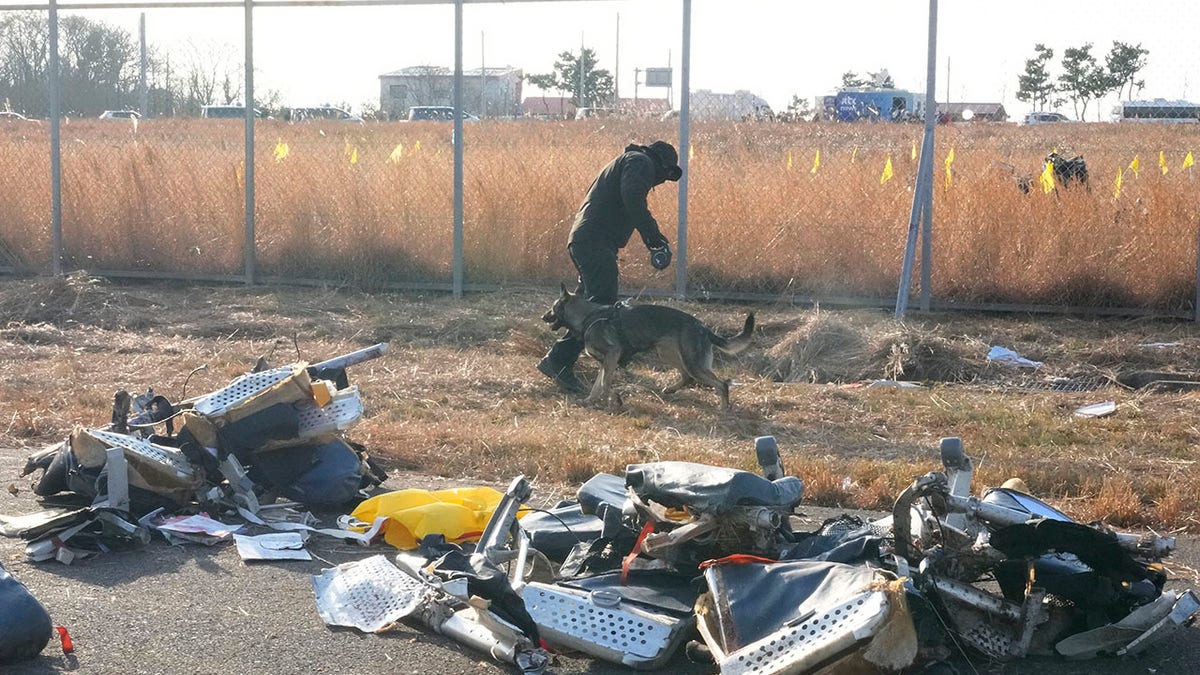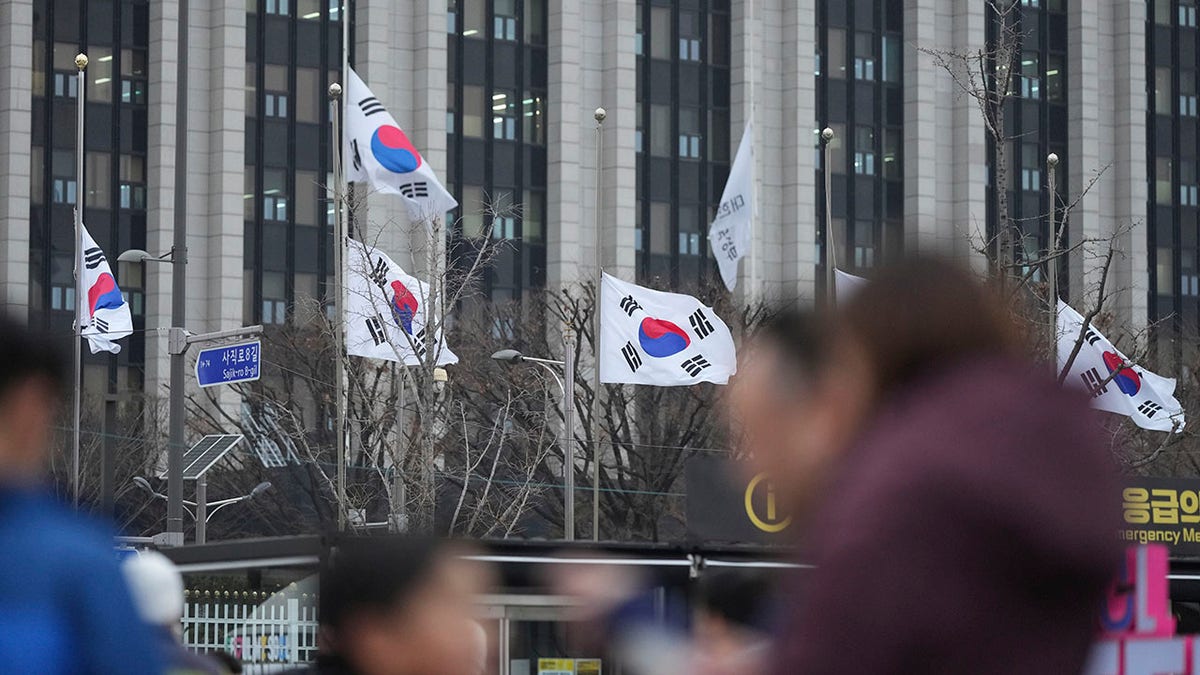In a devastating incident that marks South Korea's deadliest plane crash in decades, 179 lives were lost when a Jeju Air aircraft crashed at Muan airport. The plane, carrying 181 passengers and crew, slammed into a concrete barrier after an aborted landing attempt, leaving a scene of wreckage and grief. US investigators have joined the effort to uncover the cause of this tragedy, which has compounded the nation's existing political turmoil.
South Korean authorities are working tirelessly amidst the grim task of identifying remains. The victims ranged in age from a 3-year-old to a 78-year-old, highlighting the indiscriminate nature of the disaster. Two flight attendants miraculously survived the fiery crash and are currently receiving medical care. While their physical injuries are being treated, the emotional trauma and lingering questions about the events leading to the crash remain.

Acting President Choi Sang-mok visited the crash site to oversee the response efforts and has directed a comprehensive review of aviation safety protocols. The South Korean government has pledged to prevent future incidents and enhance overall aviation safety in the country. The Transport Ministry plans to inspect all Boeing 737-800 jets operated by South Korean airlines and conduct a thorough review of Jeju Air’s safety practices. The involvement of the US National Transportation Safety Board, Boeing representatives, and the Federal Aviation Administration underscores the international collaboration in this investigation.
The design of the concrete barrier that the plane collided with is also under scrutiny. Authorities are investigating whether lighter materials could have mitigated the impact and potentially reduced the severity of the crash. Similar structures at other airports globally are now being reviewed. The crash has prompted national mourning and raised concerns about the government's ability to manage the crisis amid political instability following the recent impeachment of top officials.

The plane’s black boxes have been recovered and are being analyzed. Preliminary findings suggest a bird strike warning preceded the pilot’s distress signal. The aircraft landed without its front landing gear deployed, leading to the runway overrun and subsequent collision. A separate incident involving another Jeju Air Boeing 737-800, which returned to Seoul after a landing gear issue, has raised further questions.

As the investigation unfolds, the focus remains on determining the exact sequence of events that led to this tragic loss of life. The incident has brought South Korea’s aviation safety practices into sharp focus, with experts and officials seeking answers to prevent future tragedies.








